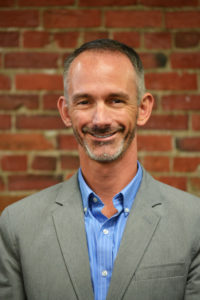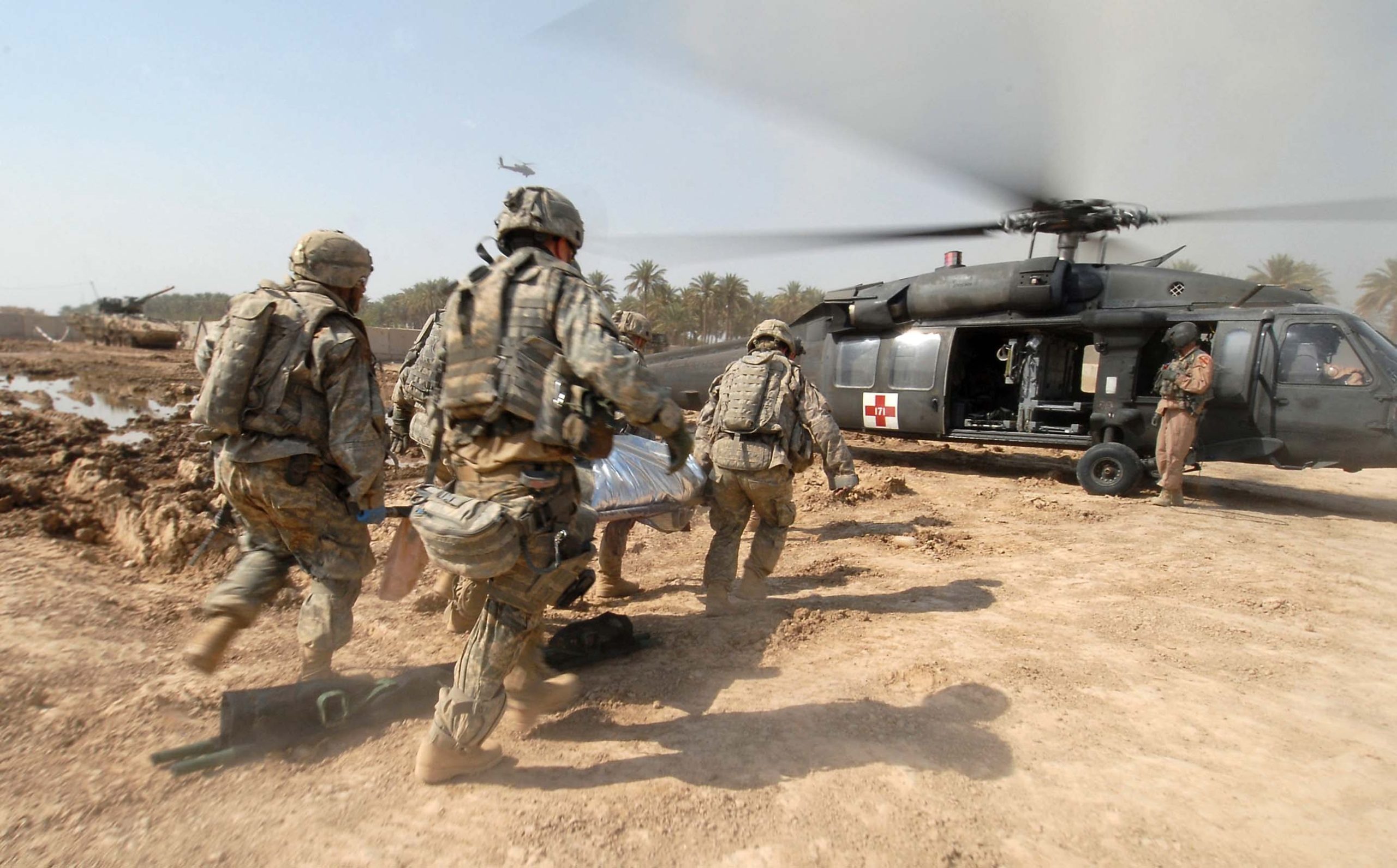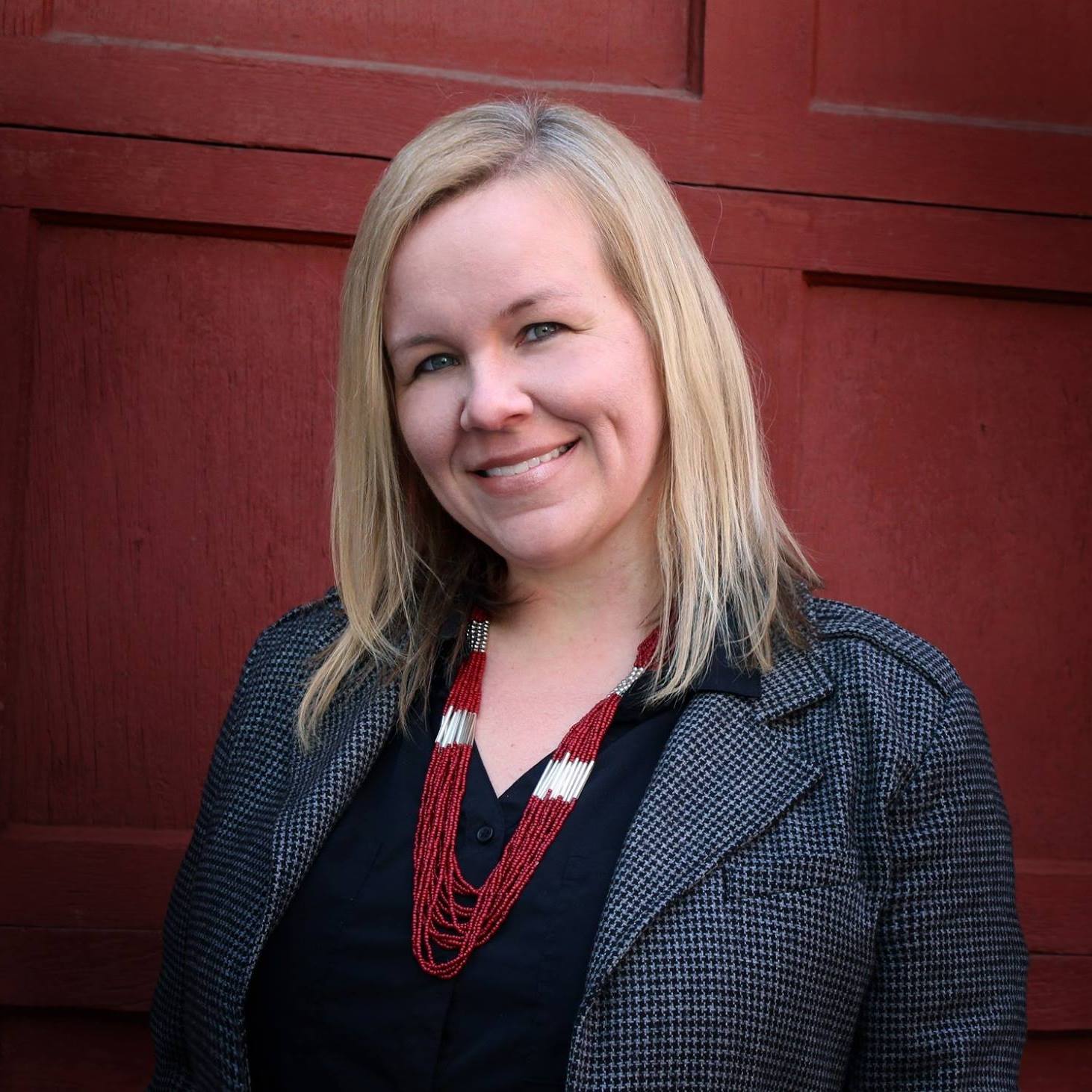18 September 2020
Lessons From the Battlefield in Civilian Medicine
An interview with Geneva’s Scientific Advisory Board Chair and Board Member Dr. Neil Vining
“To understand battlefield medicine, we must start with history to realize that our experiences got us to where we are now,” said Neil Vining, MD, MBA, National Medical Director for TeamHealth Surgical Services, who also serves as Chair of Geneva’s Scientific Advisory Board and member of Geneva’s Board of Directors. “That’s the advice I would give to my younger self just starting out in Army trauma surgery. You have to know the past before you can chart the future.”
Today, Dr. Vining is a board-certified, fellowship-trained orthopedic surgeon specializing in pediatrics and trauma with more than 15 years of trauma medicine under his belt. His current role at TeamHealth has him overseeing clinical, operational, and financial aspects of 20+ orthopedic and general surgery hospital-based trauma programs nationwide. Dr. Vining completed his orthopedic surgery residency at Madigan Army Medical Center, where he was supported by Geneva as a researcher. He spent the following three years as an Orthopedic Trauma Surgeon at Landstuhl Regional Medical Center and in Afghanistan treating wounded service members from the Iraq and Afghan conflicts. After returning, Dr. Vining was the Assistant Chief of Orthopedic Surgery at Winn Army Community Hospital.

His military medical background has given him a unique perspective on how civilian medicine practitioners can think more strategically and efficiently when it comes to practicing trauma care.
“Everything we do as a military surgeon is to prepare for the battlefield,” said Dr. Vining. That preparation has changed throughout our Nation’s history.
“From early conflicts, to Vietnam, to Desert Storm, the emphasis was to ‘control the bleeding’ but simple interventions like tourniquets were not always emphasized, in part due to the concern over impairing the blood supply to a limb and damaging it further. Then came the golden era of research where new opportunities allowed us to explore both advances in technologies and new philosophies that coincided with evidence-based medicine,” said Dr. Vining. “Military medical researchers were able to push new discoveries and innovations into battlefield scenarios.”
The aftermath of 9/11 and the wars that followed presented the theatre for the Department of Defense to put these recent innovations to the test and into practice in a combat environment. The U.S. military developed, fielded, and expanded major innovations in little more than a decade over the course of the wars in Iraq and Afghanistan. As a result, the death rate from battlefield wounds decreased by half, to the lowest level in the history of warfare.
Effective bleeding-control measures, improved resuscitation techniques, and aggressive critical care interventions helped save numerous lives in Iraq and Afghanistan.
“Perhaps the biggest shift in critical care was the understanding there’s an advantage to not trying to do everything to the body at once. Overemphasizing surgical interventions, especially in an austere forward environment puts stressors on the body, often at the expense of judicious fluid management, thermoregulation and coagulation status” said Dr. Vining. “That’s when the concept of damage control surgery rose to the top and getting patients to the next level of care.”
Four ways battlefield medicine has made a difference in civilian medicine, according to Dr. Vining:
- New techniques to stop the bleeding.
Historically, hemorrhaging is the single major cause of preventable death among those killed in action. After combat experience in Iraq and Afghanistan, some studies suggest that applying a tourniquet before a patient goes into shock could improve survival by 90%.
“Once we formalized the notion that we should give every soldier a tourniquet to control bleeding, we studied it, and we proved the theory that it can unquestionably stop extremity hemorrhage and prevent loss of life,” he commented. “We also refined the science of hemostatic bandages to control the bleeding and that has made its way to the civilian world.”
The FDA approved the first bandage to stop severe bleeding in 2003. The product was made possible by a research grant from the U.S. Army Medical Research and Materiel Command and was named one of the 2004 “Top 10 Greatest Inventions” by the Army. It is now included in every Army soldier’s combat medical kit.
- Advances in understanding what makes bleeding uncontrollable.
“Factors like temperature regulation and careful fluid resuscitation and what it means to actively maintain a patient’s natural capacity to limit bleeding are critical in bleeding control,” said Dr. Vining. “Exsanguination, the act of bleeding to death, is usually what leads to traumatic death in war, and we’ve made a lot of headway in understanding how all the systems fit together to avoid that end.”
- Understanding critical care technology and theory.
Reducing the time between injury and lifesaving interventions is a critical factor in optimizing injury survival. He said, “Focusing not on the end game, but on getting the patient safely out of theatre and to the next level of care. This is really something that came into its own in the OIF/OEF era. At Landstuhl, in Germany, we would often receive critically injured soldiers within 24-48 hours of injuries sustained in remote Afghanistan. That is genuinely remarkable, especially in a historical context. These advances in the application and portability of truly advanced critical care assets have now gone mainstream.”
- Synthetic and battlefield-available blood products.
Scientists have been working for many decades to come up with an artificial substitute for blood and we might be closer than ever. “This could end up being a game-changer for trauma care,” added Dr. Vining.
In February 2020, The Geneva Foundation, in collaboration with Uniformed Services University, Safi Biosolutions, Sciperio, Advanced Bioprocess Services, Massachusetts General Hospital, Harvard Medical School, and the Food and Drug Administration, launched the 4D Bio3 On-Demand Blood Program to deliver on-demand blood and revolutionize military trauma care.
A proven leader and charter member of Geneva’s Scientific Advisory Board, Dr. Vining also stressed the importance of cultivating a culture of mentorship in military medical research. Figuring out what questions matter, and then developing a thoughtful program to address these critical issues, are the keys to finding new ways to translate medical research on the battlefield, he reflected.
“We need senior researchers to pass along what they’ve learned to junior researchers. We have to find the common links that bond us together in order to make a difference in military medicine.”
Dr. Vining’s views do not represent the views of The Geneva Foundation or the Department of Defense.

“Once we formalized the notion that we should give every soldier a tourniquet to control bleeding, we studied it, and we proved the theory that it can unquestionably stop extremity hemorrhage and prevent loss of life.”
Neil Vining, MD, MBA
HIGHLIGHTS
- Dr. Vining's military medical background has given him a unique perspective on how civilian medicine practitioners can think more strategically and efficiently when it comes to practicing trauma care.
- Effective bleeding-control measures, improved resuscitation techniques, and aggressive critical care interventions helped save numerous lives in Iraq and Afghanistan.
- "Perhaps the biggest shift in critical care was the understanding there’s an advantage to not trying to do everything to the body at once. Overemphasizing surgical interventions, especially in an austere forward environment puts stressors on the body, often at the expense of judicious fluid management, thermoregulation and coagulation status.”


